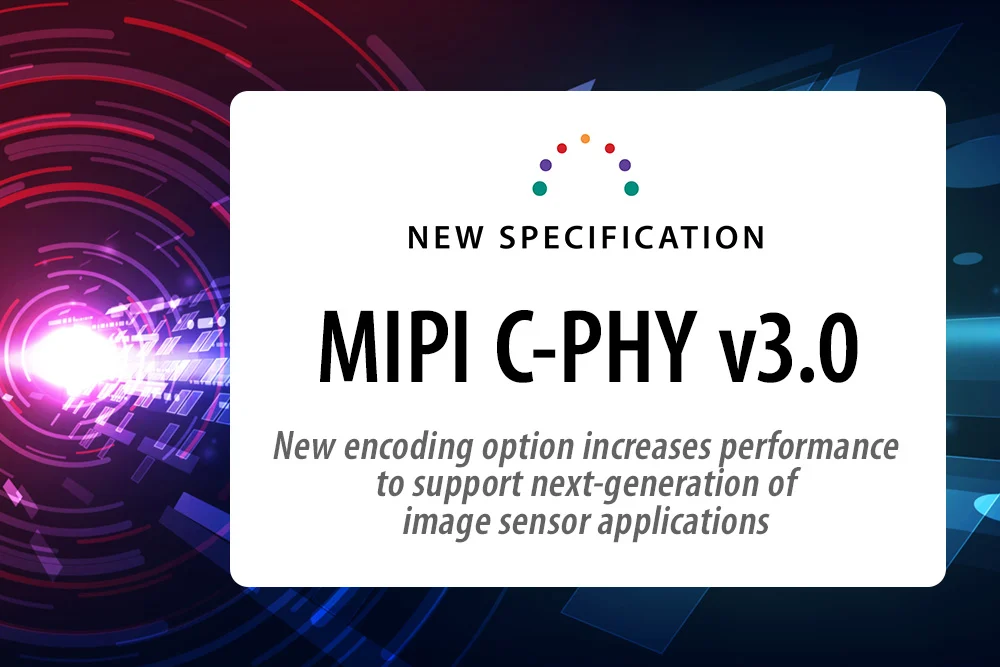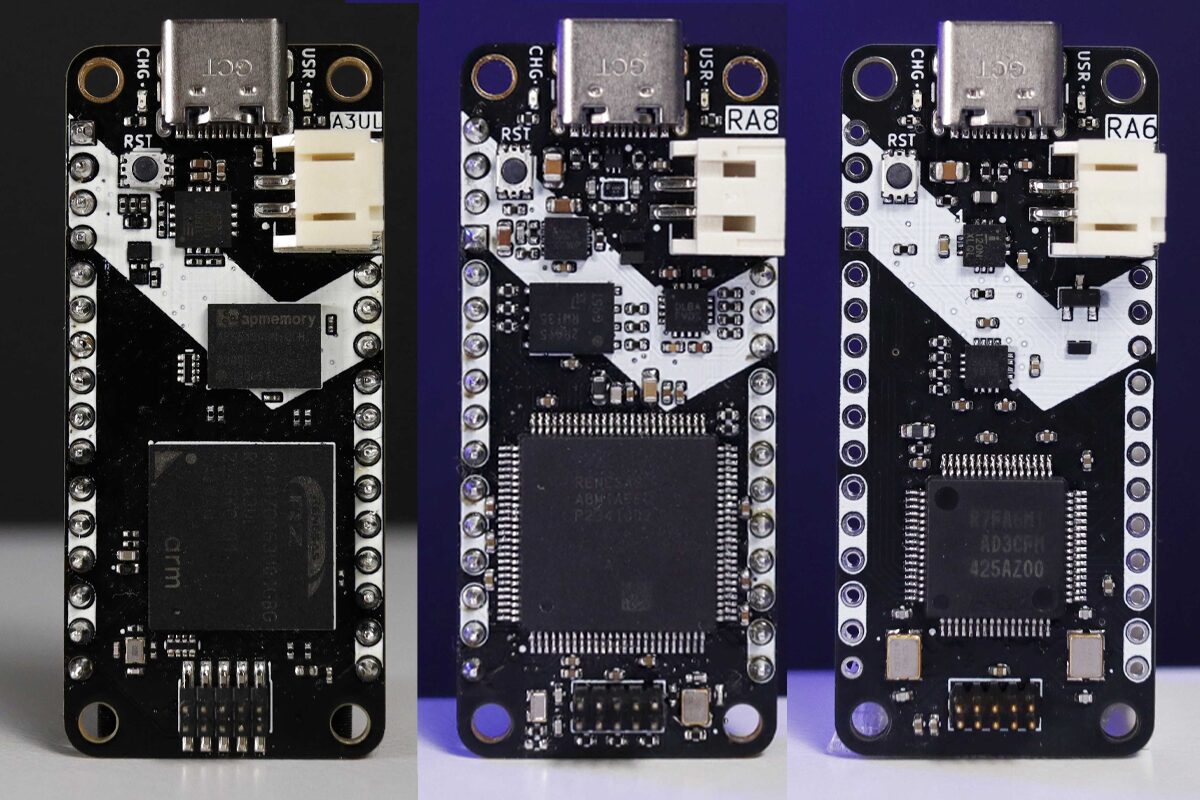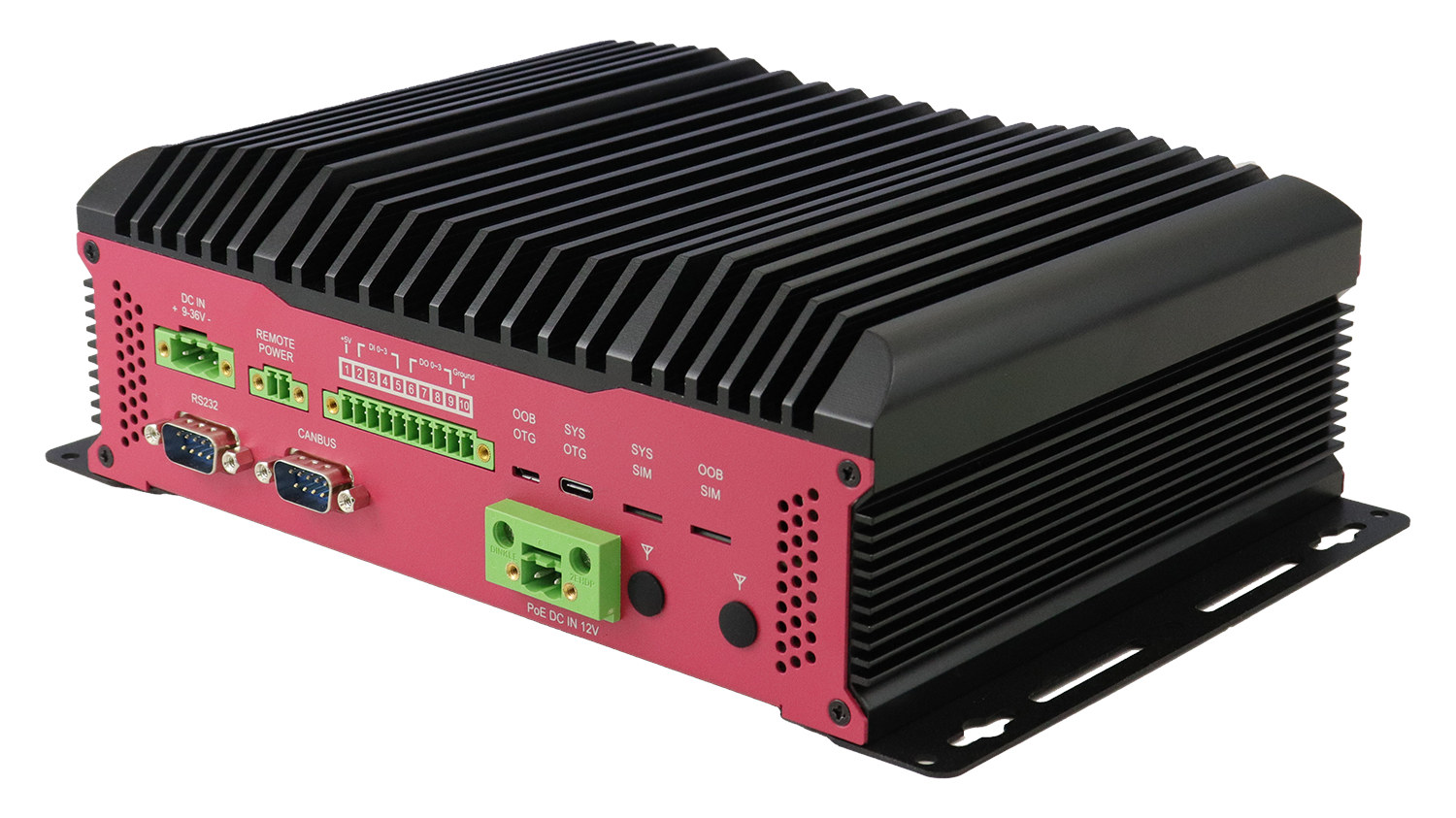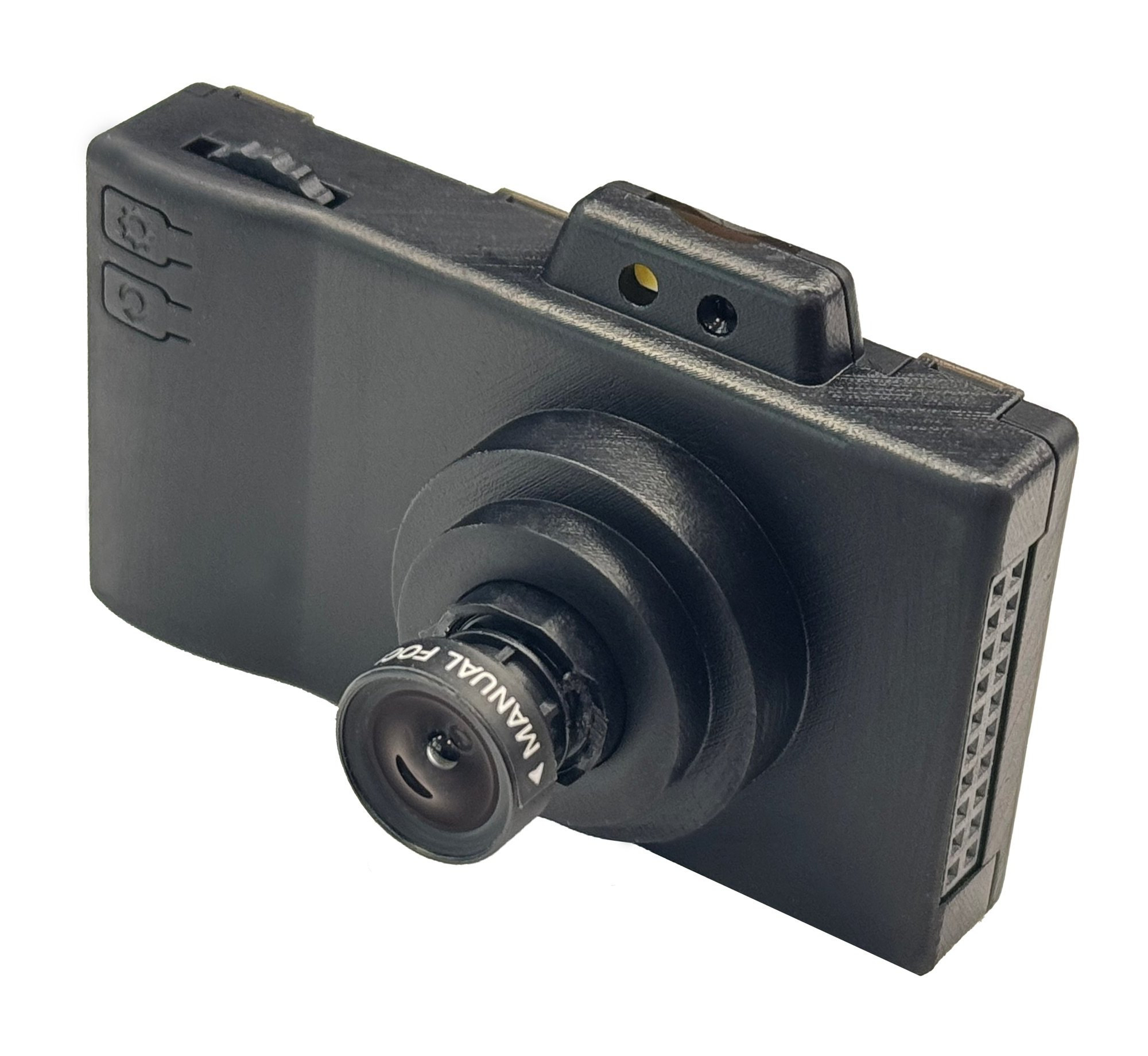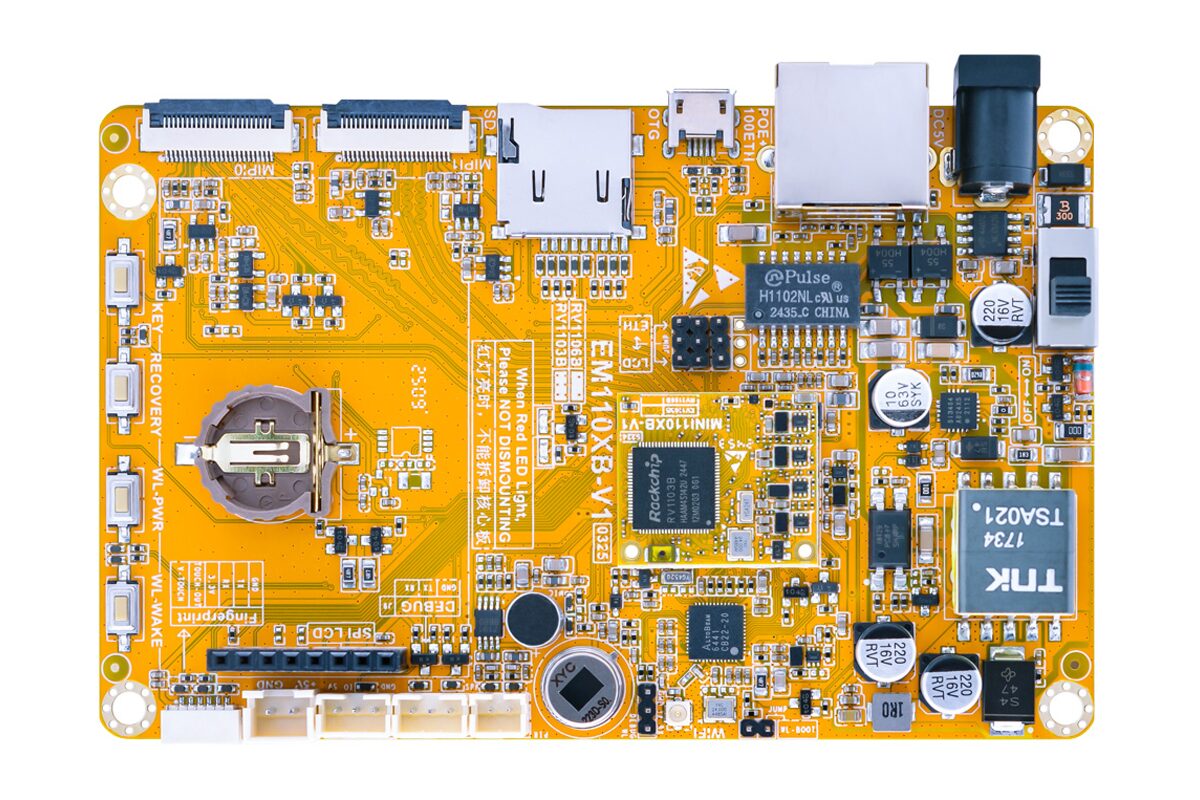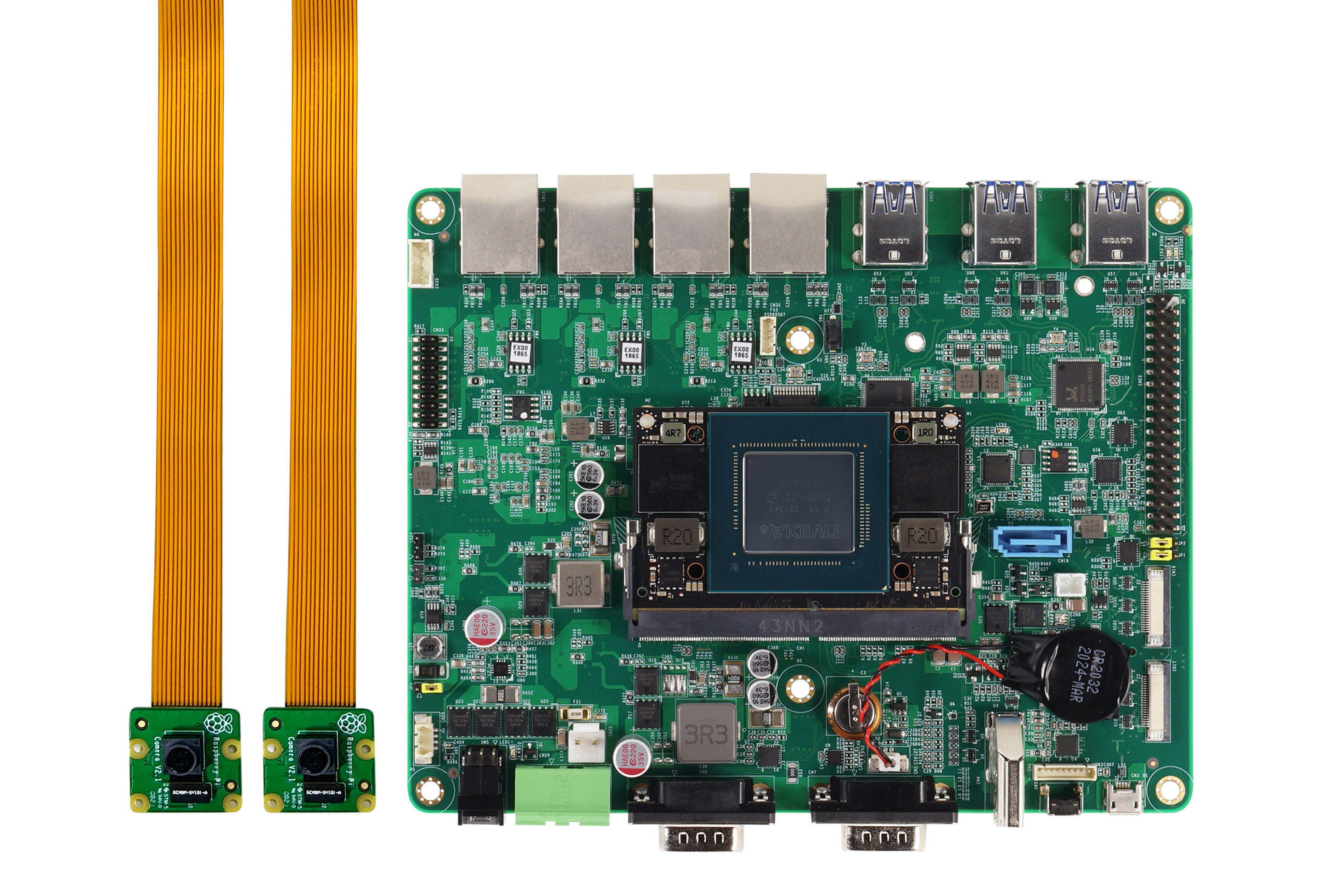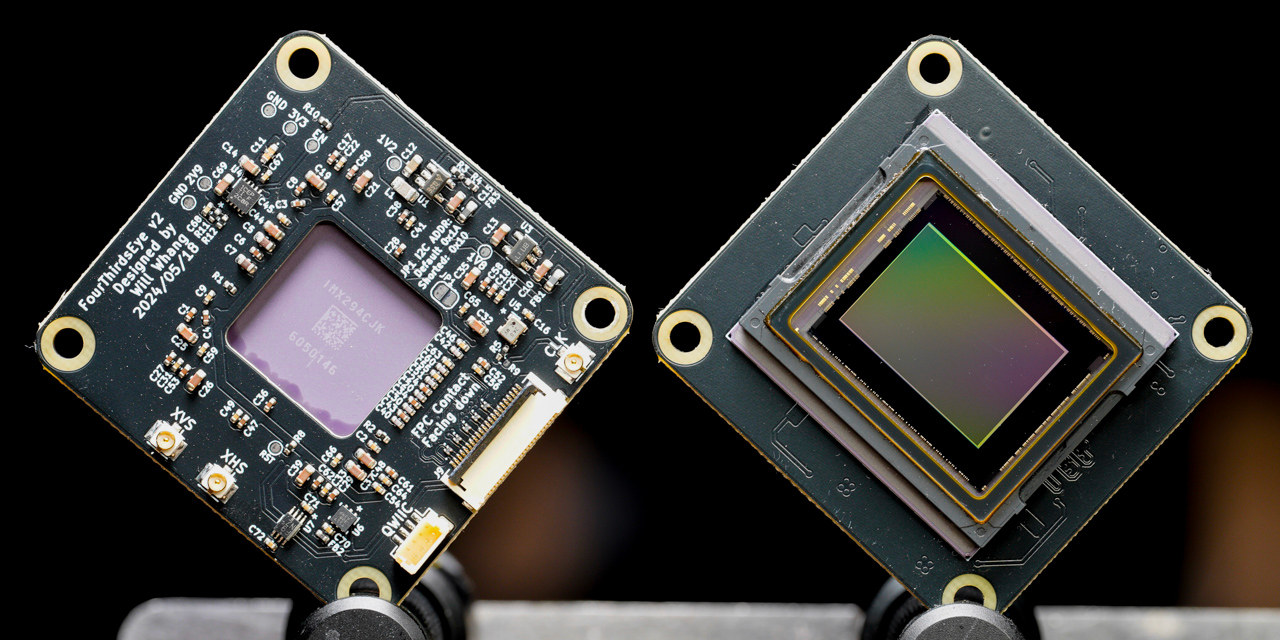The MIPI Alliance has recently released the MIPI C-PHY v3.0 specification, defining the physical layer for connecting cameras and displays. The main change in MIPI C-PHY Version 3.0 is the addition of an 18-Wirestate mode encoding option – instead of the 6-Wirestate mode encoding used in previous versions – that increases the maximum performance of a C-PHY lane by approximately 30 to 35 percent. The MIPI Alliance claims this enhancement delivers up to 75 Gbps over a short channel for ultra-high-resolution image sensors. The table below shows the key features and differences between versions of the MIPI C-PHY specification. Interestingly, the symbol rate decreased for MIPI C-PHY v3.0 compared to v2.1 (7.0 Gsps vs 8.0 Gsps for short channel), but the data rate increased from 18.3 to 24.9 Gbps, a 36% increase, due to the more efficient encoding option 32b9s that transports 32 bits over nine symbols (3.56 bits per symbol) while maintaining […]
Zalmotek RA6M1, RA8M1, and RZ/A3U SoMs follow Adafruit Feather form factor, support carrier board for robotics and industrial control
Romanian company Zalmotek has recently introduced three new SoMs, the RA6M1, RA8M1, and RZ/A3UL, and a modular carrier board designed for embedded applications such as robotics, industrial control, and edge computing. There are a few things that I find interesting about this setup. The SoM comes in Adafruit Feather form factor and, as a result, supports various Adafruit FeatherWings. The modular carrier board supports the Dynamixel motor driver module, the Particle M-SoM breakout module, Ethernet, and CAN modules. The RA6M1 Feather SoM is powered by a Renesas RA6M1 Arm Cortex-M4 CPU at up to 120 MHz, with 512 KB flash and 96 KB SRAM while the RA8M1 Feather SoM features a Renesas RA8M1 64-bit Arm Cortex-M85 running at up to 360 MHz with 128 Mbit SPI flash, the RZ/A3UL Feather SoM is based on a Renesas RZ/A3UL 64-bit Arm Cortex-A55 CPU at up to 1 GHz, with 512 Mbit OctaFlash […]
IBASE EC3100 – A fanless NVIDIA Jetson Orin NX/Nano embedded computer with up to 6x GbE ports (4x with PoE)
IBASE EC3100 is a fanless edge AI computer powered by NVIDIA Jetson Orin NX or Orin Nano module with up to six GbE ports, including four with PoE for cameras, a wide 9V to 36V DC input, and a -20°C to 70°C temperature range for industrial environments. The EC3100 is equipped with a choice of modules from the Jetson Orin Nano 4GB up to the Jetson Orin NX 16GB, delivering a maximum of 157 TOPS of AI performance. The embedded system also features an HDMI 2.1 video output, audio input and output jacks, optional WiFi and/or 4G LTE/5G cellular connectivity, RS232 and CAN Bus DB9 connectors, and several digital inputs and outputs. EC3100 specifications: System-on-Module (one or the other) EC3100-NANO-4 – NVIDIA Jetson Orin Nano 4GB with 8-core Arm Cortex-A78AE CPU @ 1.5 GHz, 512-core NVIDIA Ampere architecture GPU with 16 Tensor Cores; 34 TOPS max EC3100-NANO-8 – NVIDIA Jetson […]
Espressif Systems ESP32-P4-EYE development kit looks like a camera
Espressif Systems’ ESP32-P4-EYE is a development kit designed for AI vision applications that looks like a standard camera. It combines an ESP32-P4 RISC-V microcontroller with an ESP32-C6 WiFi 6, BLE, and 802.15.4 SoC, and is equipped with a MIPI-CSI camera, a 2MP display, a microphone, and a MicroSD card to store photos or videos. There’s also a rotatory encoder to control the menu on the LCD or adjust the zoom, a fill/flash light, a few buttons, an LED, and support for either USB or battery power. The company says the ESP32-P4 camera devkit targets smart surveillance, vision-based edge AI, real-time image detection, and audio-visual IoT interfaces. ESP32-P4-EYE specifications: Microcontroller – ESP32-P4 MCU Dual-core RISC-V microcontroller @ 400 MHz with AI instructions extension and single-precision FPU Single-RISC-V LP (Low-power) MCU core @ up to 40 MHz GPU – 2D Pixel Processing Accelerator (PPA) VPU – H.264 and JPEG codecs support Memory […]
Avaota F1 – A tiny camera board based on Allwinner V821 RISC-V SoC with built-in WiFi and 64MB DDR2
The Avaota F1 is an ultra-small, open-source hardware Linux SBC powered by an Allwinner V821 32-bit RISC-V camera SoC with 64MB on-chip DDR2 and built-in 2.4 GHz WiFi 4, and designed for camera applications with a MIPI CSI connector. The 35×22 mm board also features a 32MB NOR flash, an analog microphone, a USB-C port for power, data, and programming, two 15-pin GPIO headers, a FEL button, and a user LED. It looks like it will be offered as a development kit with a 1080p30 camera and a 3.5-inch or 1.54-inch SPI display. I also think it’s the first time I’ve seen a Linux-capable application processor with built-in WiFi. Avaota F1 specifications SoC – Allwinner V821L2-WXX CPU 32-bit RISC-V CPU @ 1.2GHz with 16KB L1 D/I cache, 128KB L2 cache 32-bit RISC-V MCU @ 600 MHz with 16KB L1 I-cache, 8KB L1 D-cache Memory – 64MB DDR2 on-chip VPU – […]
Boardcon EM1103B AIoT SBC for video surveillance applications features PIR sensor, fingerprint interface, and dual camera support
Boardcon EM1103B is an AIoT SBC powered by a Rockchip RV1103B SoC designed for surveillance applications with dual camera, fingerprint, and a PIR sensor. This unique combination makes it suitable for vision-based applications such as smart cameras, doorbells, and battery-powered surveillance devices. The SBC consists of a compact core board that mounts to a large baseboard, which gives access to all the necessary I/O modules and also provides power. The SBC together features 100 Mbps Ethernet, Wi-Fi, USB 2.0 OTG, UART, GPIO, and interfaces for speakers, microphones, fingerprint sensors, and PIR motion sensors. It also features PoE (5V) support and expandable storage via microSD. Additionally, it integrates two MIPI CSI camera interfaces mad the RV1103B’s 8MP hardware ISP with enables advanced image processing features such as HDR, 3A (AE/AF/AWB), and 3DNR. The chip also supports H.264/H.265 video encoding for local and cloud streaming. Boardcon EM1103B specifications: Core Board – Boardcon […]
NV8600-Nano AI Developer Kit features NVIDIA Jetson Orin Nano 8GB, quad GbE, Raspberry Pi Camera Module 2
AAEON NV8600-Nano AI Developer Kit is based on a 67 TOPS NVIDIA Jetson Orin Nano 8GB and ships with a carrier board with quad GbE, a Raspberry Pi Camera Module 2, a fan kit (heatsink with fan), and a 60W power adapter. The carrier board is also equipped with a 256GB M.2 2280 M-key NVMe SSD, a SATA connector, HDMI 1.4 video output, two MIPI CSI connectors compatible with Raspberry Pi Camera Modules, six USB 3.2 Gen 2 Type A ports, a few serial interfaces, a 40-pin GPIO header compliant with the Jetson Orin Nano (Super) developer kit, and two more M.2 sockets for wireless/cellular expansion. NV8600-Nano AI Developer Kit specifications: NVIDIA Jetson Orin Nano 8GB Module CPU – 6-core Arm Cortex-A78AE v8.2 64-bit CPU @ 1.7 GHz with 1.5MB L2 + 4MB L3 GPU – 1,020 MHz NVIDIA Ampere architecture with 1024 CUDA cores and 32 tensor cores Video […]
FourThirdsEye is an open-source hardware 10.7MP IMX294 camera module for the Raspberry Pi 5/CM4
Will Whang’s FourThirdsEye project is an open-source hardware camera module designed for Raspberry Pi 5 SBC and Raspberry Pi Compute Module 4 SoM using a Sony IMX294 Type 4/3 CMOS image sensor. The camera module can capture 10.7 MP images and 4K (4096 x 2160) videos with improved low-light performance and dynamic range (4.63 μm pixel size) compared to existing Raspberry Pi camera modules. Will claims it’s perfect for photography enthusiasts, developers, and makers who want a more powerful camera for their Raspberry Pi projects. FourThirdsEye camera module specifications: Sony IMX294 sensor Output image size – Diagonal 21.63 mm (Type 4/3) aspect ratio 17:9 & 4:3 Number of effective pixels 4168 (H) × 2176 (V) approx. 8.93M pixels (aspect ratio 17:9) 3792 (H) × 2824 (V) approx. 10.71M pixels (aspect ratio 4:3) Unit cell size – 4.63 μm (H) × 4.63 μm (V) Optical blacks Horizontal – Front: 0 pixels, […]


